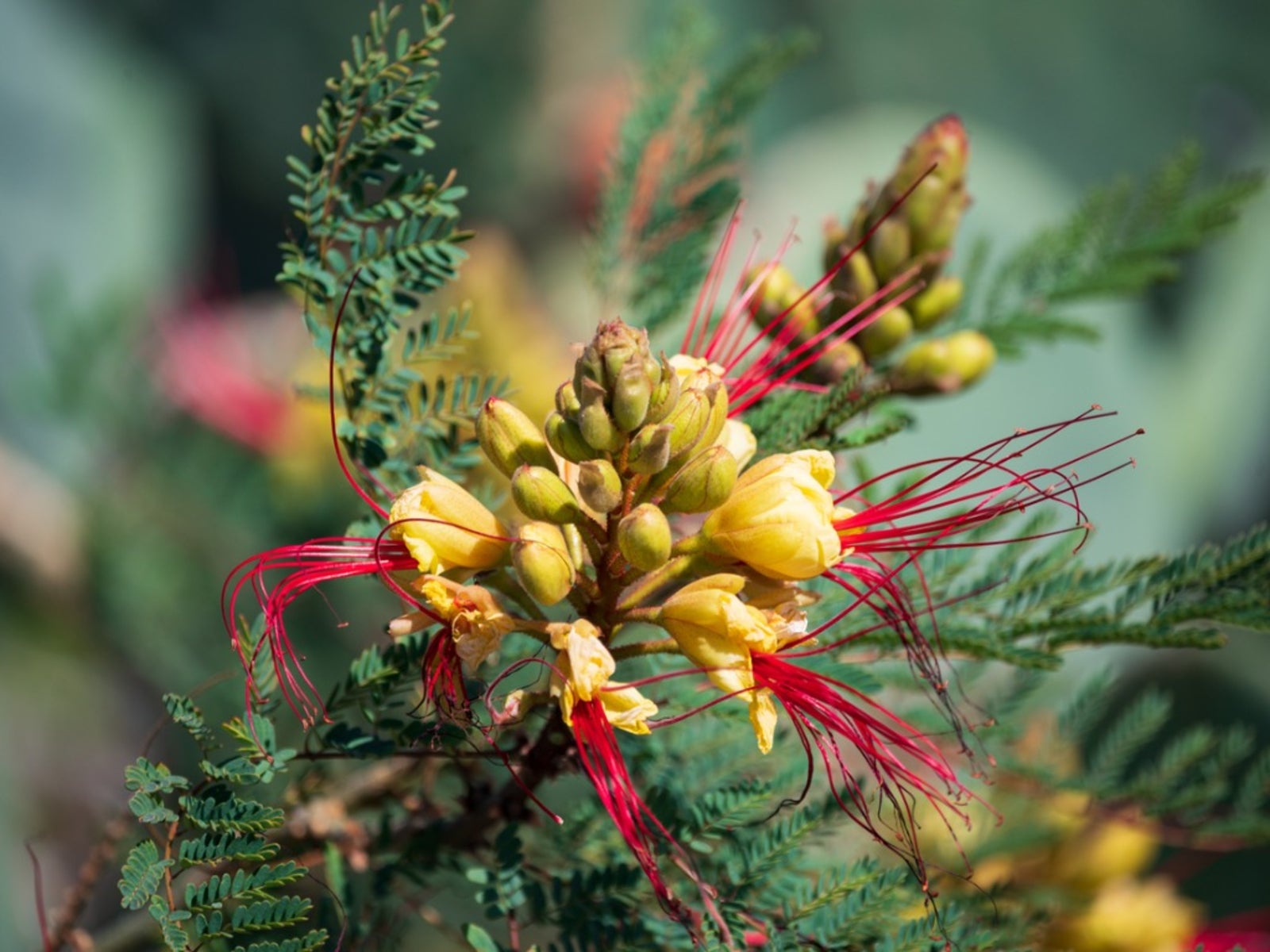Gilliesii Bird Of Paradise – Growing A Yellow Bird Of Paradise Shrub


What is a bird of paradise shrub? The yellow bird of paradise shrub (Caesalpinia gilliesii) is an evergreen shrub or small tree with beautiful flowers. Native to subtropical regions in South America, the bird of paradise is often grown in warm areas of the U.S. It is admired for its gorgeous and unusual yellow blossoms with brilliant red stamens. Read on for more information about the Gilliesii bird of paradise plant, as well as tips on how to grow yellow bird of paradise.
What Is a Bird of Paradise Shrub?
The Gilliesii bird of paradise is a little tree that rarely gets above 15 feet (5 m.) tall. It is a standout for its attractive yellow or red flowers with long, eye catching stamen. It is so easy to grow that it has escaped gardens in the southwest and naturalized in states from California and Nevada to Oklahoma.
If you are wondering whether the Gilliesii bird of paradise is related to the other plant commonly called bird of paradise (Strelitzia reginae), it is not. Both do bear lovely flowers that look a little like birds though.
Yellow Bird of Paradise Shrub
The flowers of the yellow bird of paradise shrub are most often yellow, but some varieties produce red flowers instead. All the blossoms have five petals and ten extremely showy red stamens. The blossoms appear at the branch tips in July or August. While the flowers are only an inch (2.5 cm.) long, the stamens protrude from the flower tube three or four times that far.
The tree also bears interesting fruits. They look like peapods as they are curved, flattened pods about two to five inches (5-13 cm.) long. These split open when they are mature, expelling their many seeds in all directions.
How to Grow a Yellow Bird of Paradise
Yellow bird of paradise shrubs make attractive hedges or screens as well as specimen plants. If you are wondering how to grow a yellow bird of paradise plant, the first thing you want to check is your climate.
These plants only thrive in very warm regions in USDA plant hardiness zones 8 or 9 through 11. They will grow in full or partial sun. Plant them in loam or sandy soil and provide average water. They are somewhat drought tolerant when established.
Sign up for the Gardening Know How newsletter today and receive a free copy of our e-book "How to Grow Delicious Tomatoes".

Teo Spengler is a master gardener and a docent at the San Francisco Botanical Garden, where she hosts public tours. She has studied horticulture and written about nature, trees, plants, and gardening for more than two decades, following a career as an attorney and legal writer. Her extended family includes some 30 houseplants and hundreds of outdoor plants, including 250 trees, which are her main passion. Spengler currently splits her life between San Francisco and the French Basque Country, though she was raised in Alaska, giving her experience of gardening in a range of climates.